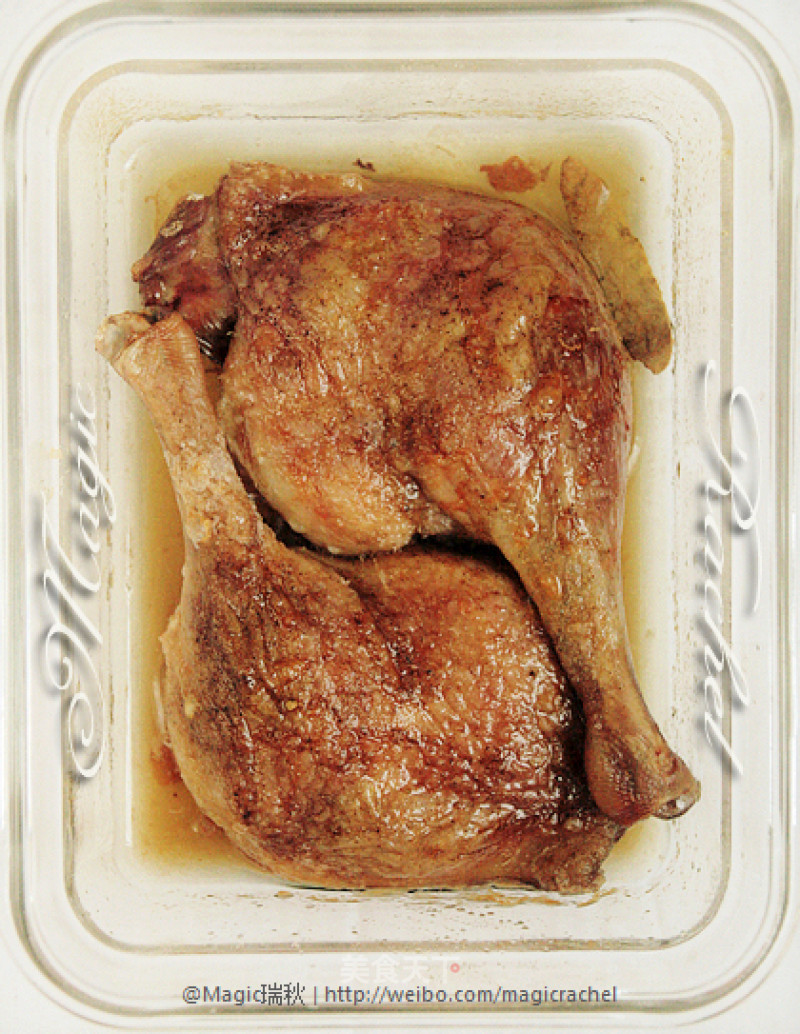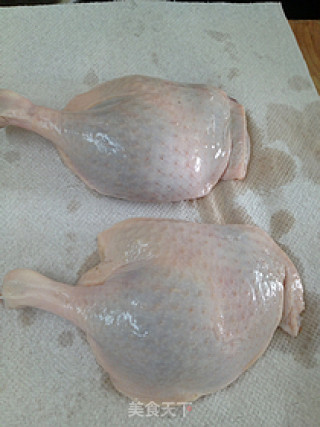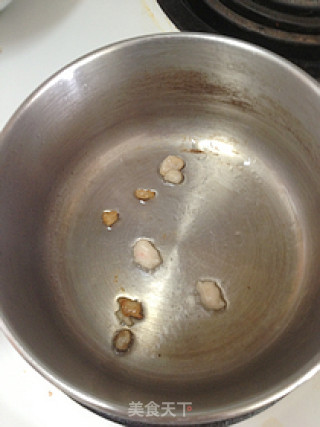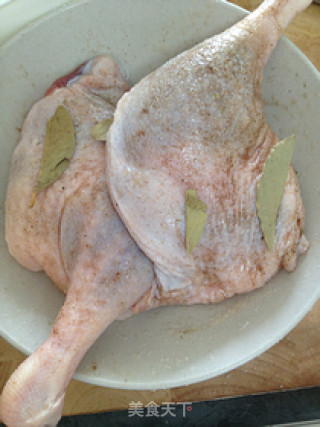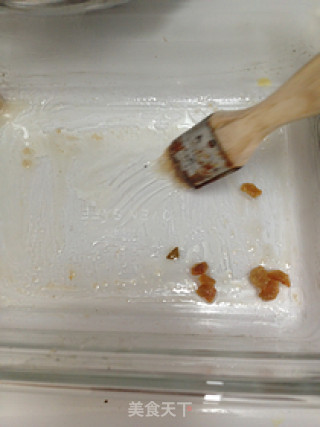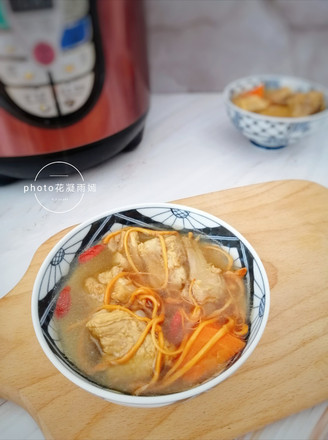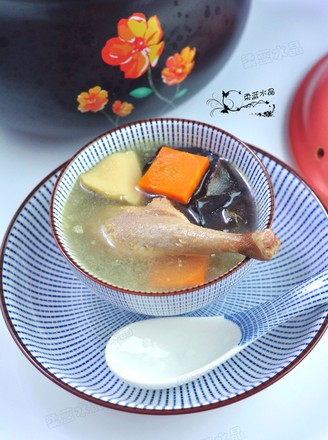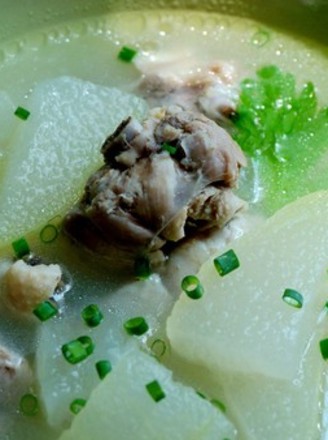Simple Version of Oil-sealed Duck
1.
Wash the duck legs and absorb the moisture with kitchen paper
2.
Take a little duck fat and heat it in the pot (a little fat is enough) to boil the oil and water
3.
Use a needle to poke small holes in the duck skin (distribute as much as possible, so that the duck oil can leak out when roasting), avoiding the duck meat
4.
Spread salt, clove powder, and white pepper evenly on the duck legs (you can use more on the duck side), and marinate for 2 hours (because this is a simple version, 2 hours is enough, if you want to marinate overnight, of course you can );
5.
Pour the duck fat just boiled into the container and spread it evenly
6.
Place the duck skins facing upwards and buckle each other; instead of preheating the oven, put the duck legs directly into it and bake at 150 degrees Celsius for 90 minutes. At this time, the duck skin has begun to become brittle and the oil and water have almost leaked out. Turn it to 190 degrees Celsius. Bake for half an hour; after baking, let it stand for 10 minutes before serving.


Tips:
Rachel reminds:
1. Use a container that can hold duck legs to help gather duck fat;
2. There is no need to preheat the oven. Remember, the duck legs need to be roasted gently.
3. If you want the general method, you need to add a large amount of duck fat (the amount of duck leg is not used, salt also needs to be added) and the duck leg is roasted for 2 hours, and then placed in the refrigerator for 1-2 months After eating.
4. Duck oil can be used for stir-fried noodles, such as filtered duck oil, which can be kept in the refrigerator for several months.
5. Duck legs can be eaten whole or paired with bread and bread. There are many ways to eat it.

